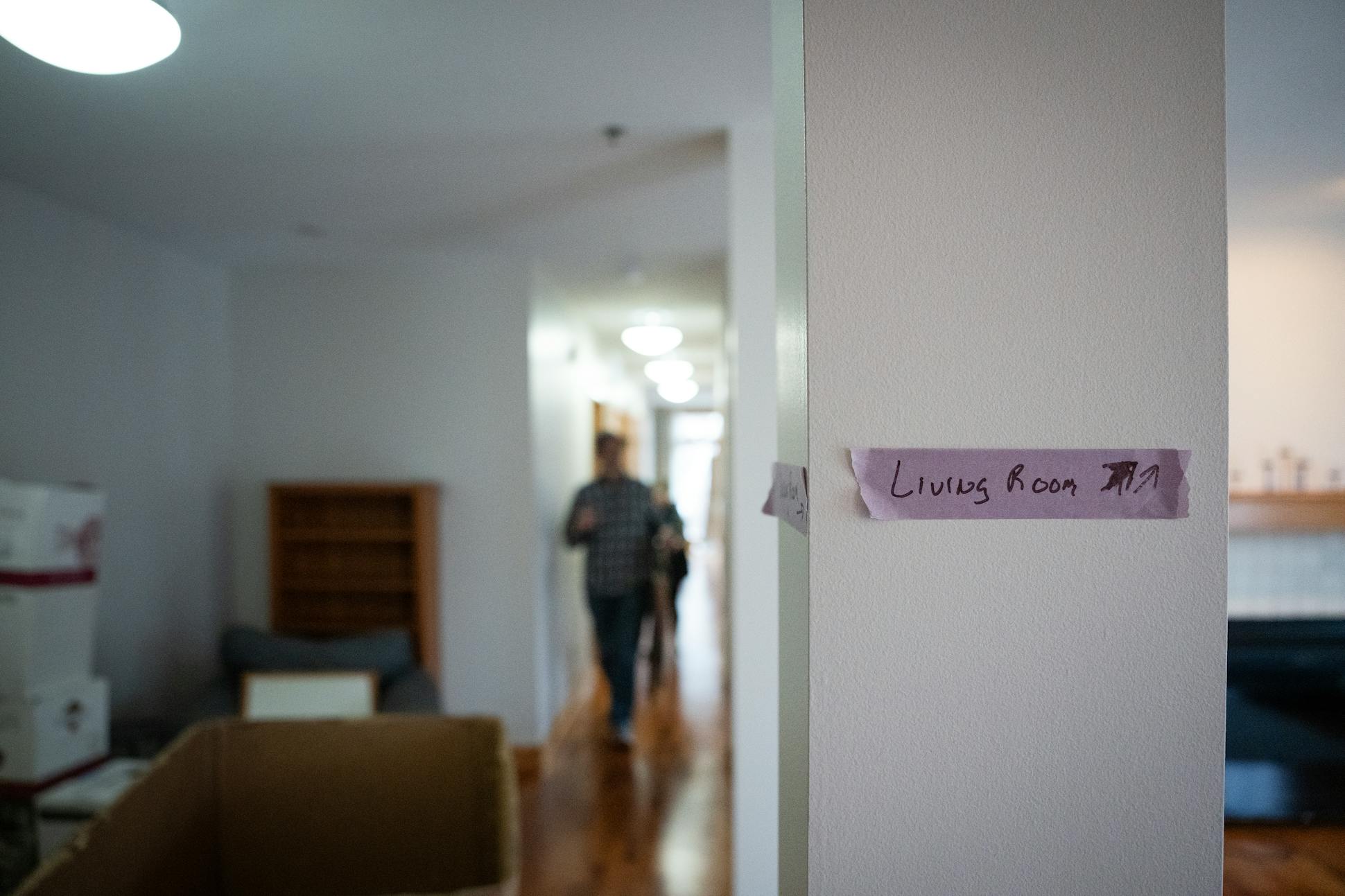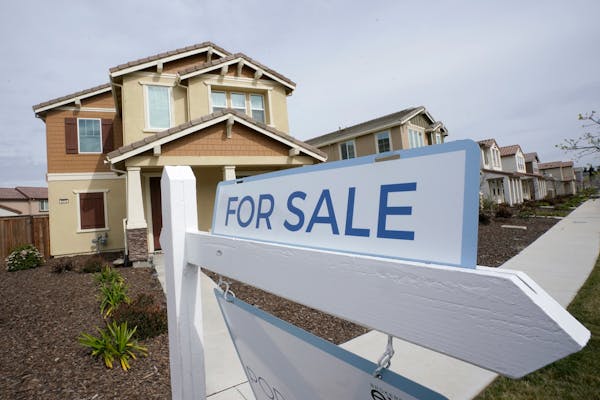Middle-income buyers struggle to find a house in their budget in most Twin Cities suburbs
House prices vary dramatically across the metro, so finding a city that's affordable — no matter the budget — can feel like a game of homebuying hopscotch.
While every city in the metro area has a wide range of prices, higher housing costs have dramatically narrowed the options for middle-class buyers.
Jamar Hardy, a Twin Cities sales agent and president of the Minneapolis Area Realtors, lamented the situation, saying a growing number of his buyers are facing tough decisions about where they can live and what they can afford.
"People really to need to re-evaluate their absolute needs and wants," he said. "What can you settle with to get in the game?"
With home prices doubling in about a decade, he said there's an affordability "wall" that surrounds a growing number of cities, making them unattainable for many who work in or near those areas.
Is your browser's JavaScript enabled?
This web page uses JavaScript to dynamically display certain elements. If you are seeing this message, it likely means that JavaScript is not enabled in your browser. To get the full experience, please enable JavaScript on this device if possible or access it on a different device.
That doesn't mean all other cities are completely out of reach to lower-income households, though. The median sale price in Minneapolis, for example, was much higher than Lauderdale, but the much-larger city has a far deeper supply of even more affordable houses than most suburbs. In Minneapolis, where you'd need a $91,480 income to afford a house that is about $315,500, there are always far more starter houses for sale than in most suburbs.
Hardy said with so few people willing to sell, the competition is heated, especially when it comes to the most popular suburbs. He said a four-bedroom house that recently hit the market for $319,900 in Maplewood garnered 90 showings and more than 30 offers.
"People have to adjust their expectations," Hardy said. "We're seeing more and more people move a little further out."
Tough time to move
Even two-income families and downsizing baby boomers with equity to spend are finding themselves with few affordable options.
"We've bought and sold a handful of houses over the years, in hot markets and cold ones," Dominic Papatola said. "We've never had an experience like this."
Papatola said after becoming empty-nesters, he and his wife decided it was time to trade their single-family house for a maintenance-free condo or townhouse. They cast a wide net across the metro area in their search of a place that was both affordable and had lots of the amenities that would suit them during the next phase of their lives.
"Our children are grown, and we were getting weary of lawn-mowing, snow-shoveling and the like," he said. "The house and the community have been good to us, and we felt like the time was right for them to be good for another family."
They'd owned their house in St. Anthony, which was one of the three hottest housing markets in the Twin Cities last year, for about a dozen years and had accumulated a significant amount of equity, enabling them to shop for a house that's comparable in price to the one they were selling without increasing their monthly housing expenses.
They listed their house in St. Anthony for nearly $540,000, and it sold even before it hit the market to a young couple with two incomes that planned to start a family.
Finding a replacement wasn't easy, Papatola said. Listings were few and far between, and houses were selling quickly. Plus, timing the sale of their house with the purchase of a new one to avoid having two house payments was nerve-racking.
Even with two incomes and a healthy move-up budget, being both a buyer and a seller was "weird" and "a little scary."
It was a relief, he said, to sell their house so quickly and for more than they thought in a market with so few listings. But as buyers, the Papatolas faced the same challenges as the couple who bought their house.
Less is more
The hunt for a new city wasn't just geography to the Papatolas.
"We had a checklist of things we wanted, and some of those were intangible," Papatola said. "It was less about the neighborhood and more about amenities."
Tops on the list was a single-level living room with a fireplace. They also wanted to be in a walkable area with sidewalks and trails for running and strolling.
They shopped for about a year, considering urban neighborhoods and second-ring suburbs alike.
"We looked from Gem Lake to the North Loop neighborhood in Minneapolis to St. Paul," he said. "But we didn't want to be too far out."
At the end of last year, they traded their sprawling, multilevel house with 3,300 square feet and a big yard for a condominium that's nearly half the size in a historic neighborhood in St. Paul.
Though they dramatically downsized space-wise and now have no yard, their monthly costs are about the same.
"We were really fortunate," Papatola said. "We were selling the kind of house that our buyers wanted at what turned out to be the perfect time for everyone."
Methodology
Data and affordability analysis provided by the Minneapolis Area Realtors.
Median price data are based on all sales included in the Multiple Listing Service in 2023. Cities with less than five sales in 2023 were omitted.
Affordability was calculated assuming a 6.6% interest rate on a 30-year mortgage, that the buyer would pay 10% of the total cost in a downpayment, that the buyer would not spend more than 30% of their income on housing, a property tax rate of 1.2% and a home-insurance rate of 0.05%.



